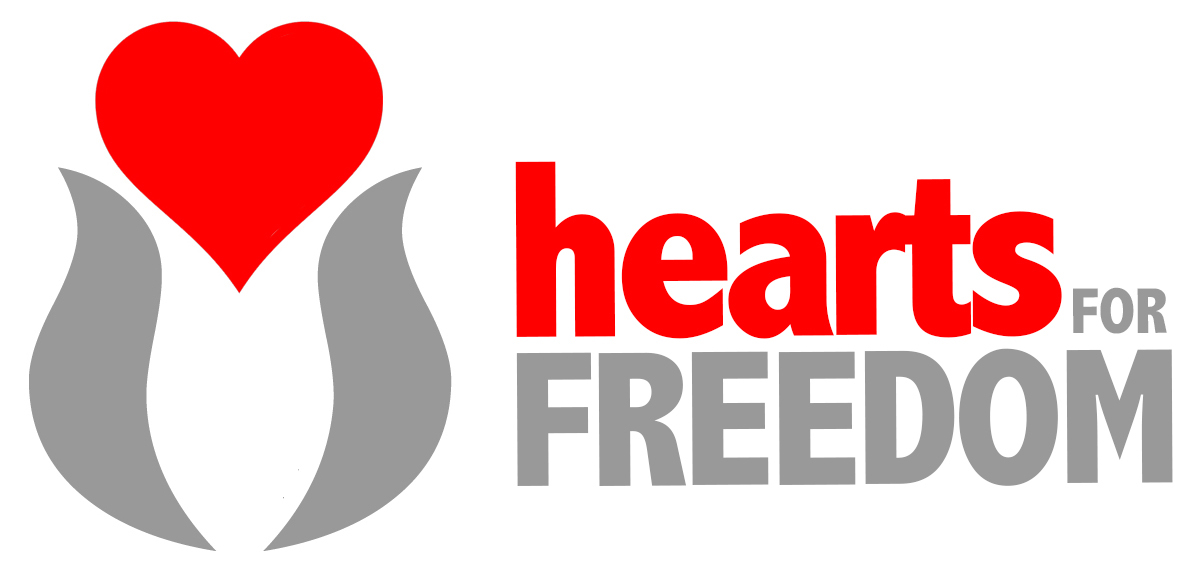Sexual Exploitation
What is sexual exploitation and who is protected?
Safe Harbor says that youth under the age of 18 who have been engaging in prostitution activities are now considered victims rather than criminals.
MN policy says that all youth who have been sexually exploited are eligible for services and protection from the law.
Sexual exploitation of youth includes all youth who have engaged, agreed to engage, or were forced into sexual conduct. This can include survival sex (exchanging sex for a fee, food, clothing, or a place to stay). Youth are also considered sexually exploited if they have engaged in exotic dancing, pornography, or traded sex for drugs.
See: "What is Sexual Exploitation" via the Minnesota Department of Health
Sexual Exploitation of Children
Anytime someone takes advantage of a youth’s vulnerabilities by requiring an exchange of sexual activity for anything, this child is being exploited. This includes survival sex.
Commercial Sexual Exploitation of Children (CSEC)
When a child is involved in the sex industry in any way, even if it appears they are acting alone, we recognize that the child is still being exploited. Someone is taking advantage of and exploiting this child. This can include stripping and pornography as well.
Domestic Minor Sex Trafficking (DMST)
Sex trafficking includes a third party. A third person, besides the person who is purchasing sex and the youth, is involved. Examples of this can be a pimp who is receiving money, a parent who might be exchanging sex with their child for rent, a peer, a boyfriend/girlfriend, etc. Sex trafficking includes a third party who is benefiting in some way from the sexual exploitation of this child.
Statistics on Sexual Exploitation
- Within the first 48 hours of being on the run, one in three young people are approached or recruited by a pimp or exploiter (source).
- It is estimated up to 1.6 -2.8 million youth U.S. run away each year (source).
- The average age of youth when they are first sex trafficked in the U.S. is 12-14 years of age (source).
- 80% of runaway and homeless girls reported having been sexually or physically abused (source).
- Childhood abuse increases youths’ risk for later victimization on the street (source).
- An estimated 30% of youth living in shelters and 70% of street youth have report having been victimized through sexual exploitation (source).
- The Polaris Project conservatively estimates that a pimp with a “stable” of three girls or women often enforces an average nightly quota of $500-$1,500 a night. If these quotas are met consistently, the pimp can make as much as $547,000 (or more) in a year ($500 per girl = $1,500 a night x 365 nights a year = $547,500) (source).
- While sex trafficking impacts youth victims of all races, socio-economic classes, and ages, data suggests that the victims of child and teenage sex trafficking in the United States are overwhelmingly female; and members of racial and ethnic minorities. Between January 2008 and June 2010 an estimated 94% of confirmed victims of sex-trafficking were female (source).
- African American girls’ are disproportionately vulnerable to involvement in the child sex trafficking industry. According to the Human Trafficking Reporting System an estimated 40% of girl victims were African American between January 2008 and June 2010 (source).
- Homeless Lesbian, Gay, Bisexual, Transgender, Questioning (LGBTQ) youth are more than three times as likely to be involved in survival sex as their non-LGBTQ peers, further increasing their exposure to trauma while living on the streets (source).
Statistics on Minnesota Sexually Exploited Youth:
The following statistics are from the MN Girls Are Not For Sale website:
- The FBI has identified the Twin Cities as one of 13 U.S. cities with a high incidence rate of child prostitution (source).
- A 2010 study found that each month in Minnesota, at least 213 girls are sold for sex an average of five times per day through the Internet and escort services. This number does not include hotel, street or gang activity.
- The 2010 study also found that on any given weekend night in Minnesota, 45 girls under age 18 are sold for sex through the internet classified websites and escort services (source).
- Investigators from three states in 2010 determined that Minneapolis was the home base of a large domestic prostitution (sex trafficking) ring comprised of three generations of one Minnesota family that was trafficking mostly young girls across the United States (source).
- About 50% of adult women in MN interviewed as part of a 2010 study said they were first traded for sex when they were under the age of 18, with the average age at 13 (source).
- In just one 72-hour sting in 2014, an FBI-led operation rescued 105 children and netted 152 pimps in 76 cities nationwide, including four alleged pimps in the Twin Cities (source).

